Your cart is currently empty!
Tag: NutrientManagement
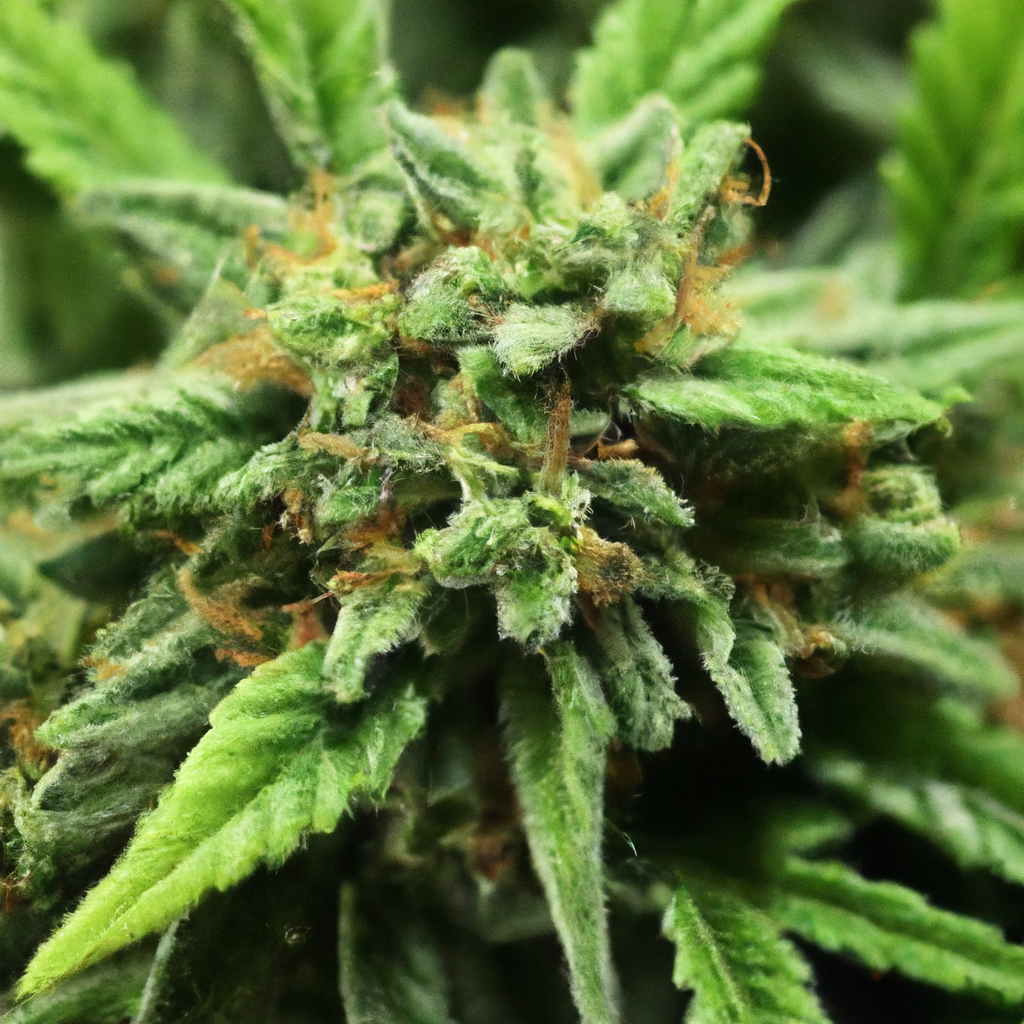
Achieving the perfect nutrient balance is essential for cannabis plant health and yield. This guide outlines the importance of primary nutrients like nitrogen, phosphorus, and potassium, alongside secondary and micronutrients. It offers solutions to common challenges such as nutrient deficiencies and toxicity, and provides a step-by-step guide for balanced feeding. By mastering nutrient management and…
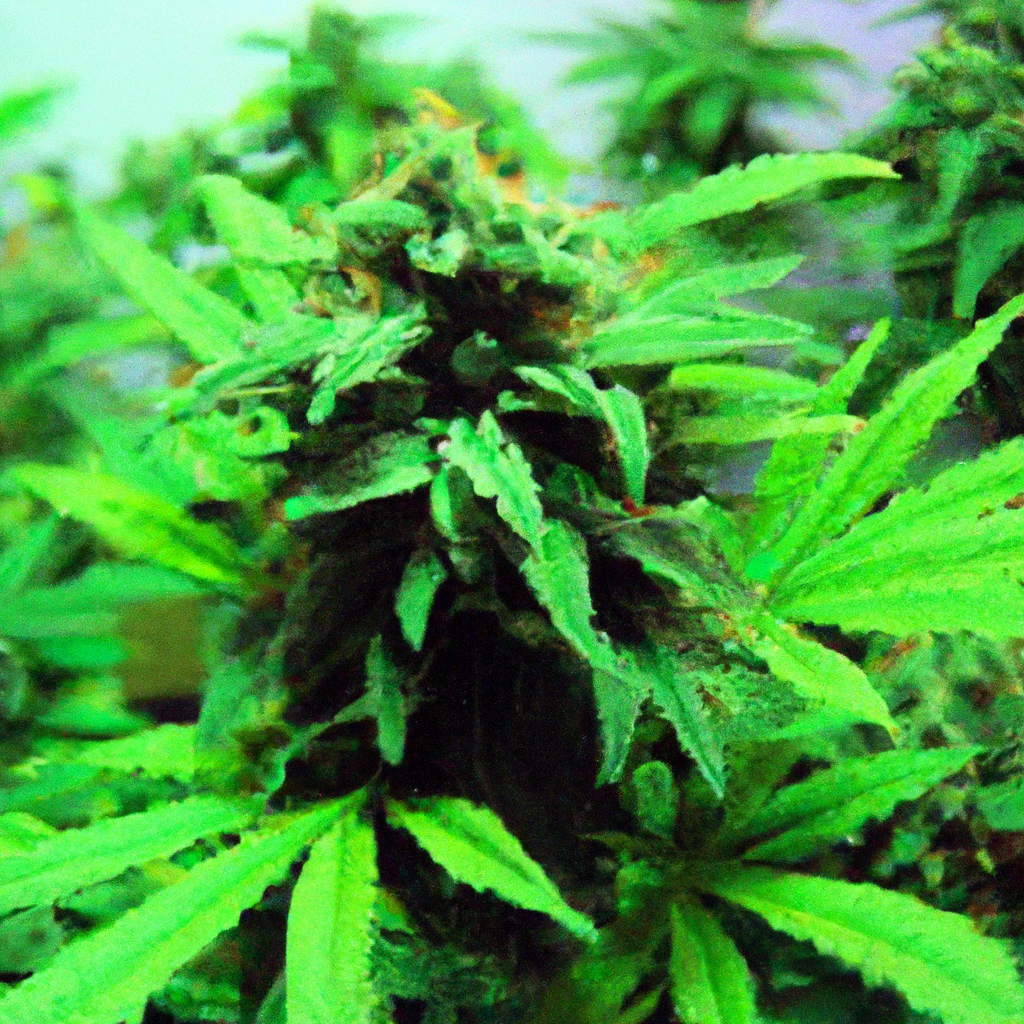
Cultivating cannabis marries art with science, and algae offers an innovative edge to boost yields. Algae, known for its nutrient-rich properties, enhances soil health by acting as a natural fertilizer, improving soil structure, and serving as a biocontrol agent. This blog post explores methods of incorporating algae into cultivation via algal fertilizers, compost tea, and…
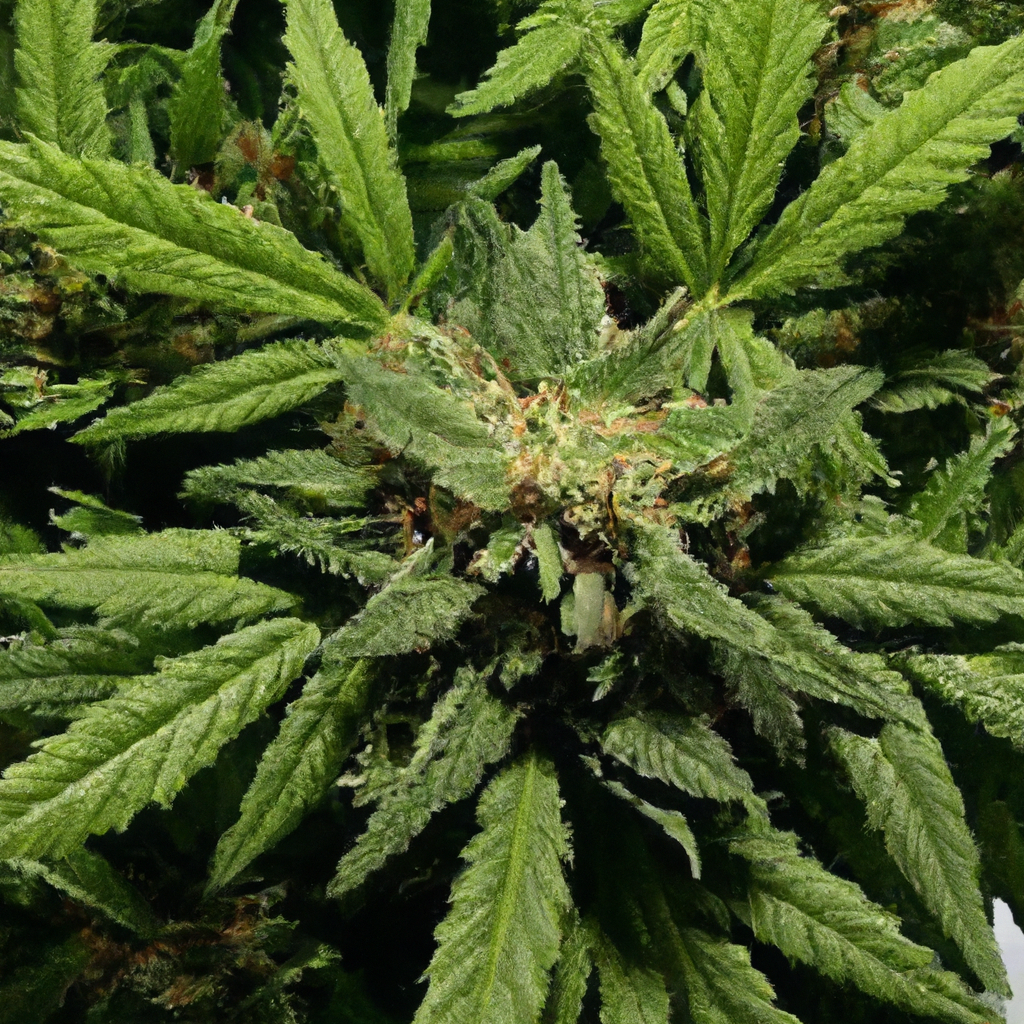
Understanding the relationship between cannabis cultivation and seasonal changes is crucial for achieving a successful harvest. This blog post explores how temperature fluctuations, daylight variations, and humidity impact cannabis growth. It provides strategic insights, such as planning around natural photoperiods, using temperature control, and managing humidity levels, to optimize plant health and yield. A real-world…
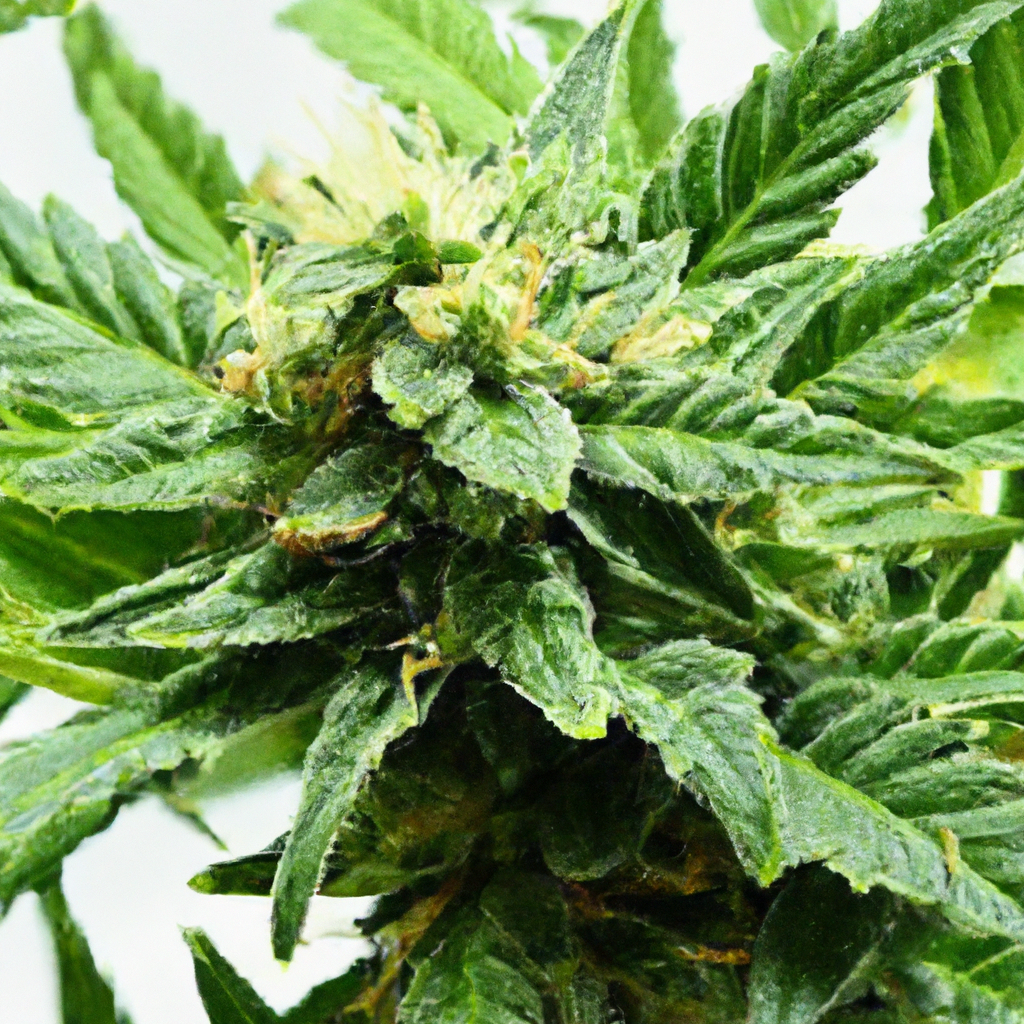
Growing cannabis indoors offers unique challenges and opportunities, with the potential to maximize yield and quality through a controlled environment. Key techniques include optimizing temperature, humidity, and lighting conditions, along with effective nutrient and watering strategies to promote healthy growth. Advanced plant training methods like Low-Stress Training and topping, coupled with thorough troubleshooting of common…
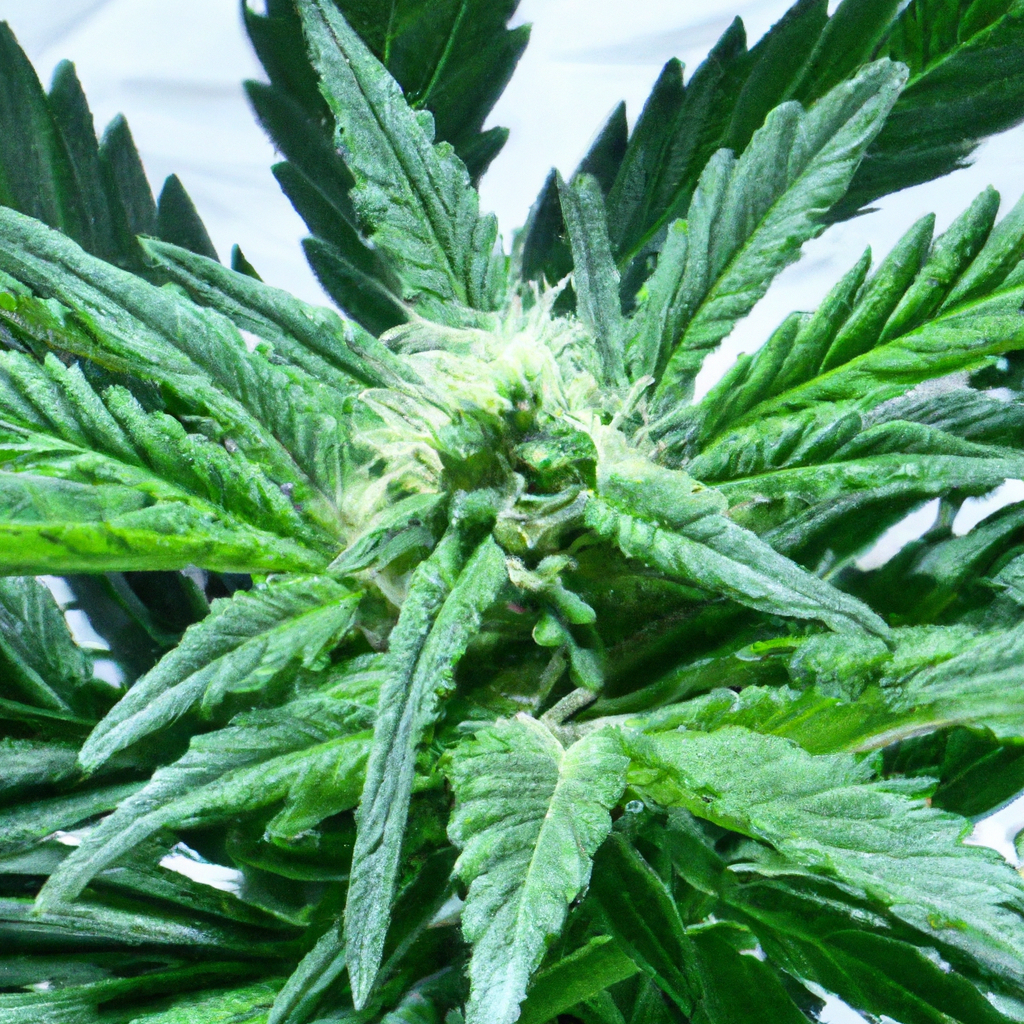
Water is as essential as sunlight or soil in cannabis cultivation, with quality significantly affecting plant growth, health, and yield. Key indicators like pH levels, electrical conductivity, and contaminants must be monitored closely to prevent nutrient deficiencies and disease. Regular testing using reliable kits, installing filtration systems, and maintaining ideal pH levels can optimize water…
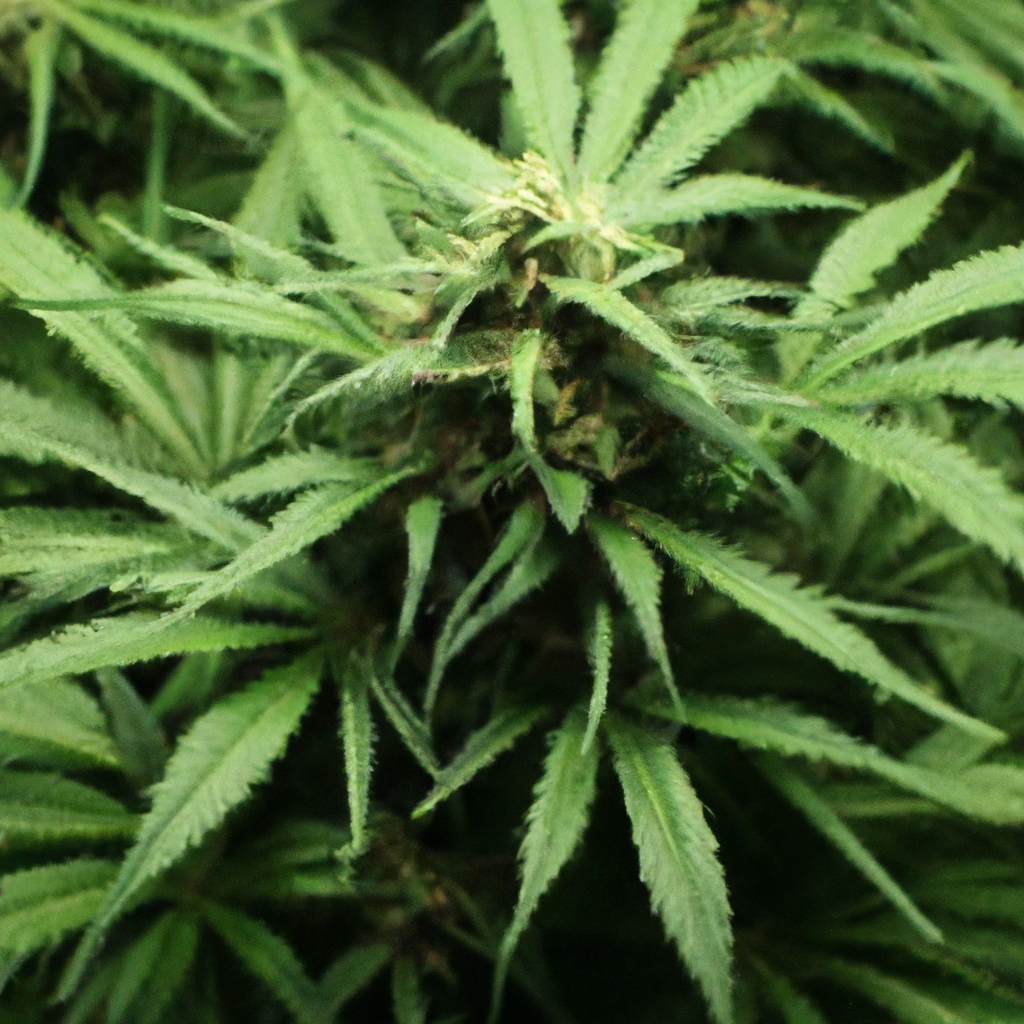
Discover the art and science of optimizing cannabis growth with innovative techniques. This article delves into enhancing yields through beneficial microbes like mycorrhizal fungi and bacteria, maintaining optimal soil pH, and employing smart mulching methods for improved health and resistance. From recognizing nutrient deficiencies to preventing mold with proper airflow, these insights ensure a thriving…
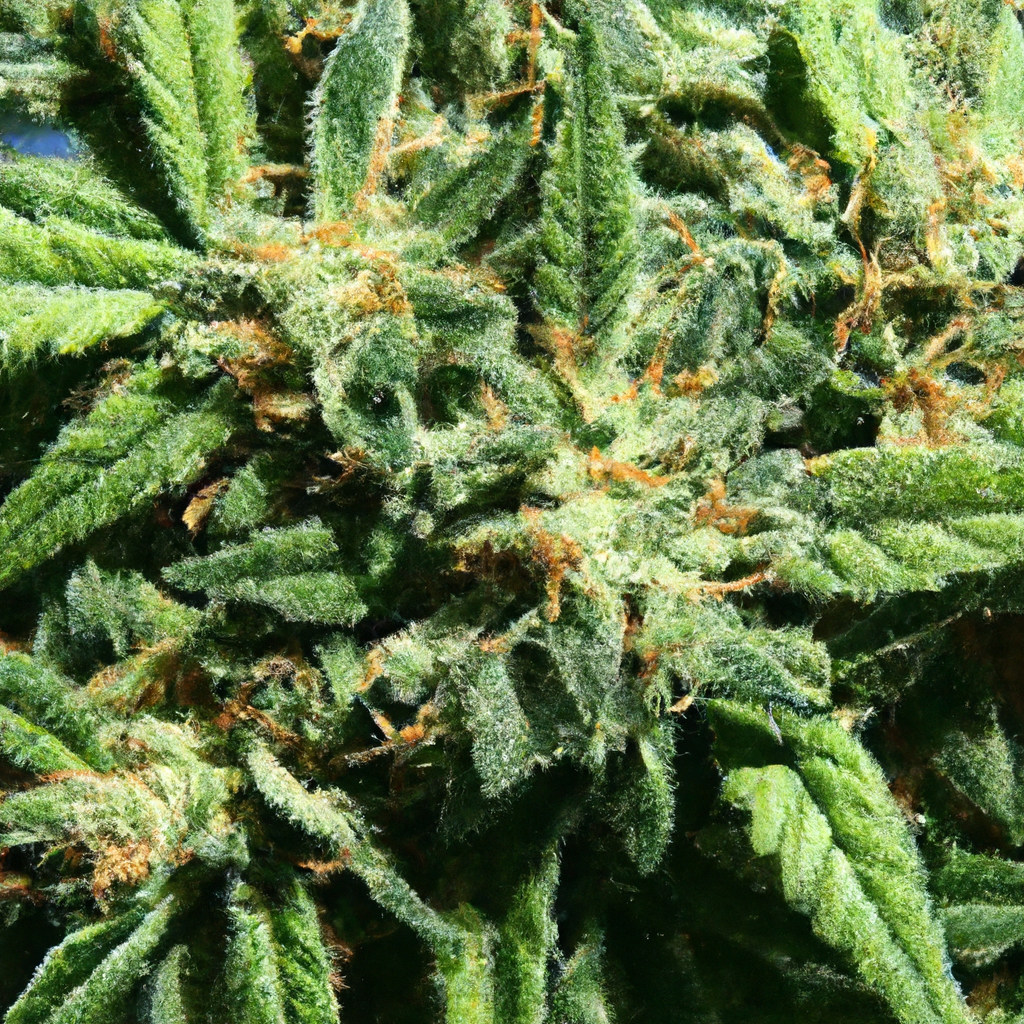
Growing cannabis successfully requires careful attention to environmental conditions, nutrient management, pest control, and watering techniques. Ensure optimal growth by providing 12-18 hours of light, maintaining day temperatures of 70-85°F and humidity levels between 40-70%. Use enriched organic soil and balance nutrients like nitrogen, phosphorus, and potassium according to the plant’s growth stages. Implement Integrated…

Successfully growing cannabis involves more than just light and environmental conditions; nutrient management is crucial for exceptional yields. This guide details essential aspects of nutrient management, such as understanding cannabis nutrient needs, step-by-step guidance on selecting quality nutrients, monitoring pH levels, adjusting dosages, and incorporating a flushing routine. Common challenges like nutrient lockout, deficiencies, and…
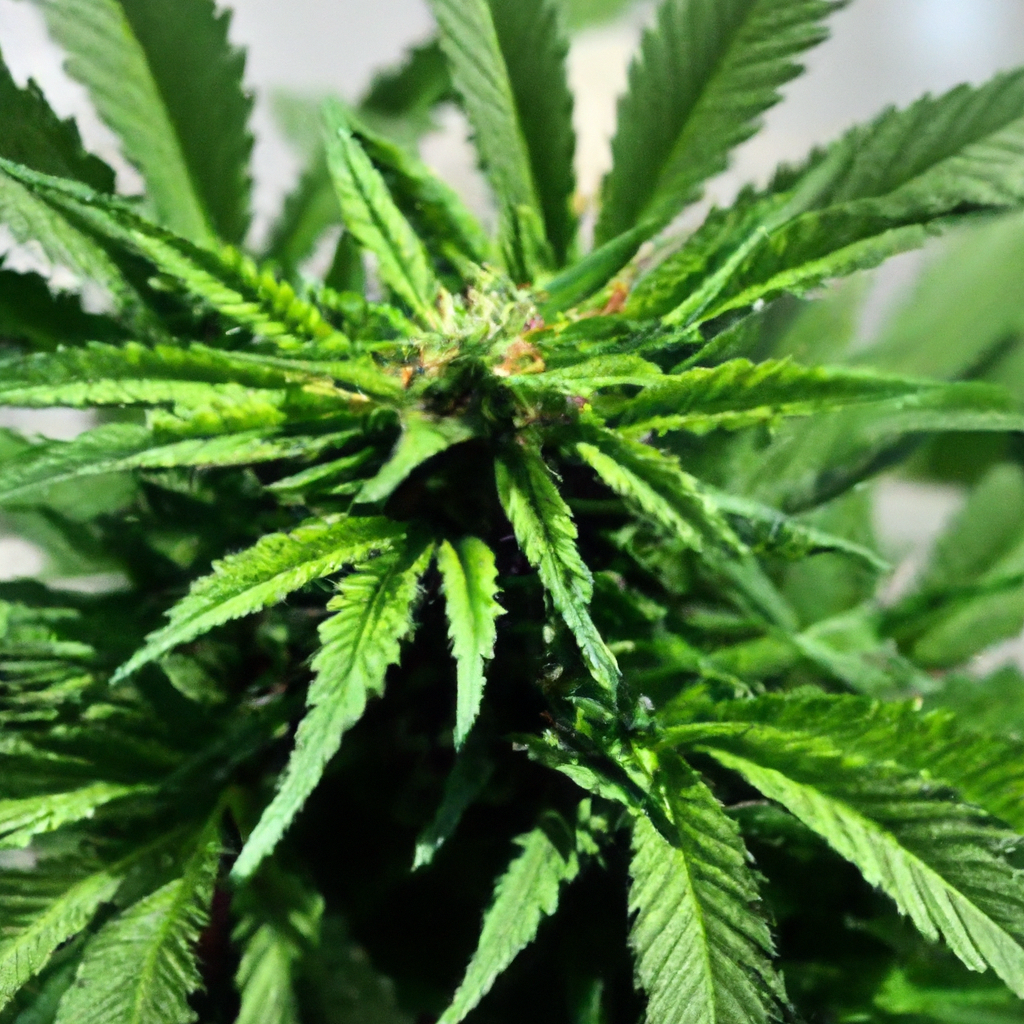
The health and vigor of cannabis plants are heavily influenced by their nutrient balance. Recognizing and addressing nutrient imbalances, which manifest through symptoms like discoloration and growth issues, is key to maintaining plant health and maximizing yields. Imbalances can be deficiencies or toxicities, impacting plant health differently. Common deficiencies include nitrogen, phosphorus, and potassium, each…
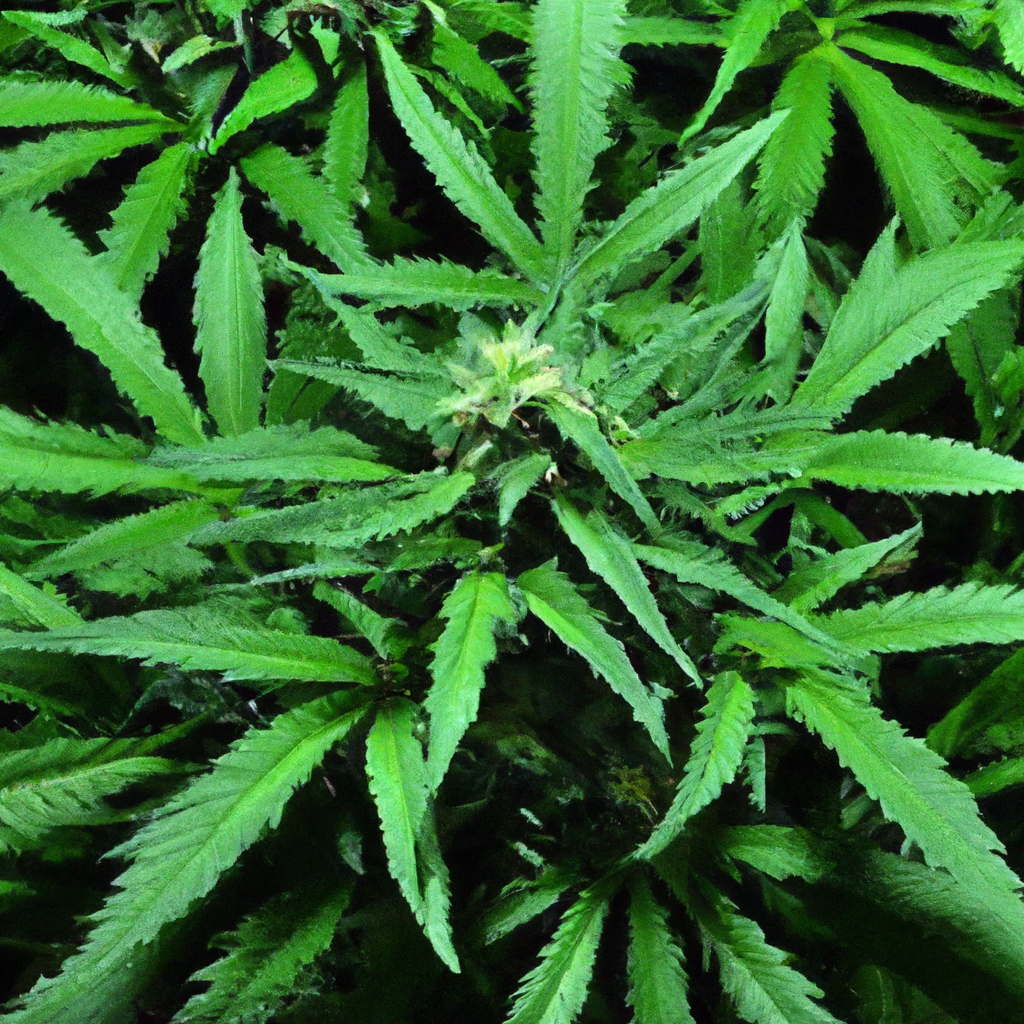
Understanding nutrient management is crucial for cannabis growers aiming to optimize plant health and yield. This guide covers the essentials, from the significance of macronutrients and micronutrients to developing strategic nutrient schedules aligned with growth phases: seedlings require minimal nutrients, the vegetative stage benefits from increased nitrogen, and flowering needs more phosphorus and potassium. Plant…
